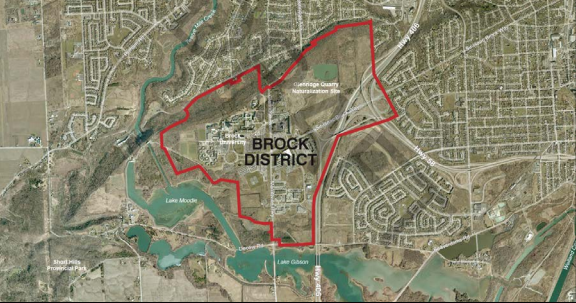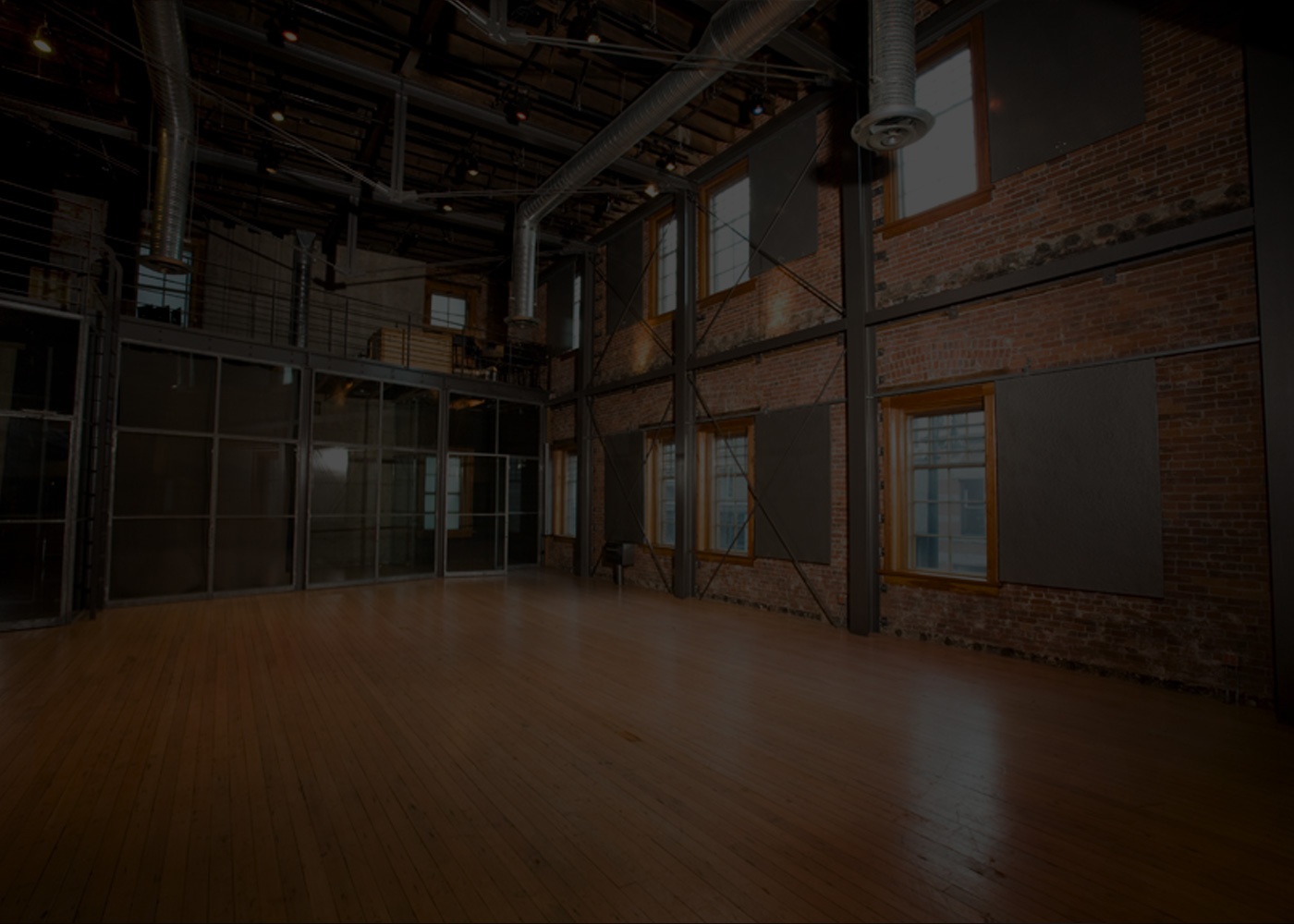
The Brock District Plan is the first-ever of its kind created by the region, and thoroughly outlines a potential community developed around Brock University. On September 28, regional politicians were treated to a presentation that demonstrated how the land surrounding the university can be effectively used to foster prosperity and contribute to Niagara's regional economic development. The regional planning and development commissioner, Rino Mostacci, said more district plans such as these are going to be put together for areas such as Niagara-on-the-Lake’s Glendale Avenue/QEW area.
Fostering changes with already-available resources
When it comes to economic prosperity, Brock University can be an economic catalyst, specifically with the surrounding growth proposed. Lands to the west, Glenridge Ave. down to Lockhart Drive to the north, land down to Lake Gibson including the regional headquarters in the south, and the Glenridge Quarry and interchanges of highways 406 and 58 to the east are all planned to be impacted by the 827-acre area of the plan.
This plan will also look to utilize the resources already in place, such as access to the 400-series, cultural and athletic facilities, employment, transit, healthcare, housing, etc. The university and regional headquarters are currently isolated from one another, and this proposal will look to tackle that problem while also attracting new investments and business opportunities.
Plans envisioned for the new Brock District
More than just development, the plans proposed in this presentation includes the use of green technology such as co-generation for heating/cooling, and power, along with green roofs on new buildings. A network of public spaces on public land and new private sector developments, a completed cycling network, and possible parking garages for higher densities are all included.
Other plans include transit and bus shelter improvements, pedestrian-safe intersections, charging stations for electric cars, and using the four acres of land in front of the regional headquarters as a gathering spot year-round for events such as musical performances, festivals, and skating.
What this means for the region
Although a plan such as this will take years to implement, the thought behind it can be an example going forward for other regional plans. Rather than ignoring the resources available in the region, a district plan such as this will take advantage of having a blossoming post-secondary institute and build around it instead of away from it. The district plan will not only foster the school’s growth but also the economic growth of the region.
If we’re to use this plan as an example for other parts of the region, the other post-secondary institutes throughout could see massive growth in their surrounding areas, and help enhance our already growing economy.




